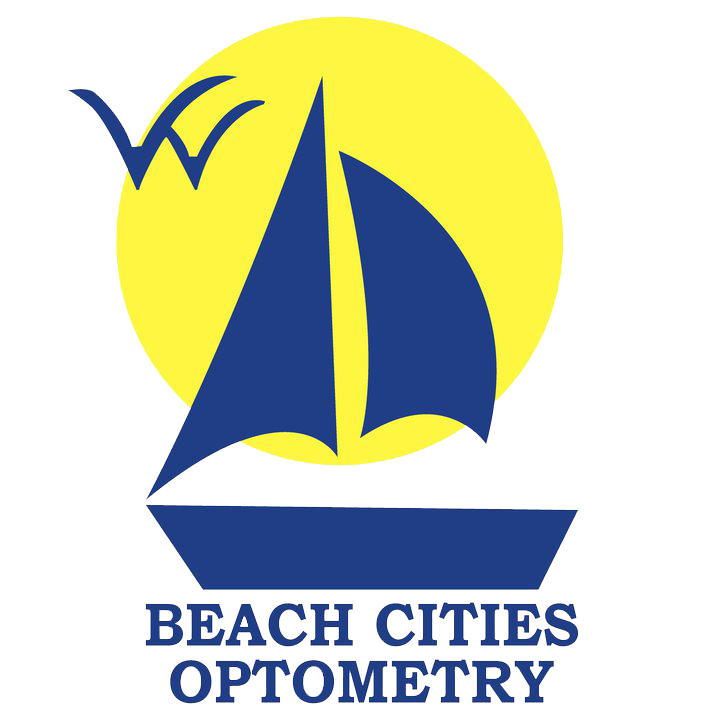
Dry eye syndrome results from inadequate or insufficient tear film. Tears help keep the eyes healthy and nourished. When the quality or quantity of tears is affected, the eyes do not get enough lubrication. The tear film has three components: water, oil, and mucus. Inadequate oil due to meibomian gland dysfunction is the most common cause of dry eye.
Meibomian Gland Dysfunction (MGD)
Experts suggest about 86% of dry eye cases are due to meibomian gland dysfunction. Meibomian glands in the lower and upper lids are responsible for the secretion of meibum (oil) for the tear film.
The oil keeps tears from evaporating too fast. A blockage in the oil-producing glands prevents the free flow of oil into the tear film. It causes tear film imbalance, which leads to dry eye syndrome. Chronic MGD can lead to permanent tear film damage.
OptiLight IPL Therapy for Dry Eye Syndrome
Intense pulsed light (IPL) therapy is an in-office treatment that can effectively treat dry eye due to meibomian gland dysfunction. The painless procedure involves light pulses delivered to the area around the eyes.
It helps to reduce inflammation and eliminate bacterial infection. The light energy melts the eyelid secretions, releasing oil buildup and unclogging the meibomian glands. It reduces symptoms of DES.
Dry Eye Care With OptiLight IPL
Created by Lumenis, OptiLight is an FDA-approved treatment for dry eye. It uses a patented Optimal Pulse Technology (OPT) to apply a safe and precise therapy for patients with chronic dry eye syndrome. The treatment reduces inflammatory mediators, improves tear breakup time, and alleviates abnormal blood vessels. It restores the meibomian glands and reduces the Demodex population.
What to Expect During IPL Therapy
Before therapy, the doctor places shields over the eyes to protect them from light pulses. The addition of a layer of cooling gel will protect the sensitive skin around the eyes. The doctor will use a small handheld device to administer light pulses over the eyelids.
The heat from the pulses will melt the crusty, thick secretions causing gland blockage. After opening the glands, the doctor will express a little oil from the glands, stimulating normal oil flow.
What to Expect After IPL Treatment
Most patients experience symptom improvements immediately after the first or second treatment. Doctors usually recommend monthly treatments for several months for optimal results. Most people report relief of all symptoms after four months.
Doctors may recommend additional treatments for severe dry eye syndrome to ensure healthy meibomian gland function and prevent a recurrence. Eye doctors often recommend IPL therapy alongside other dry eye treatments. If you suffer from chronic dry eye, your doctor can examine your eyes to determine if IPL is right for you.
The therapy targets the underlying cause of DES, providing long-term relief from dry eye symptoms. IPL also helps treat leaky capillaries linked to ocular rosacea, reducing inflammation and redness. IPL is also effective for the treatment of itchy eyes and allergic conjunctivitis.
If you’re experiencing dry eye, consider intense pulsating light (IPL) therapy by contacting Beach Cities Optometry at our Manhattan Beach, California office. Call (310) 906-4426 to discuss any questions with our team of experts or to schedule an appointment today.







